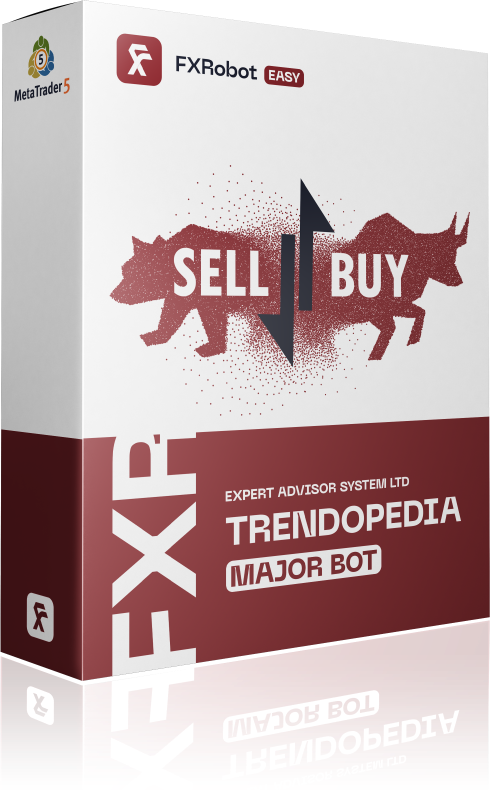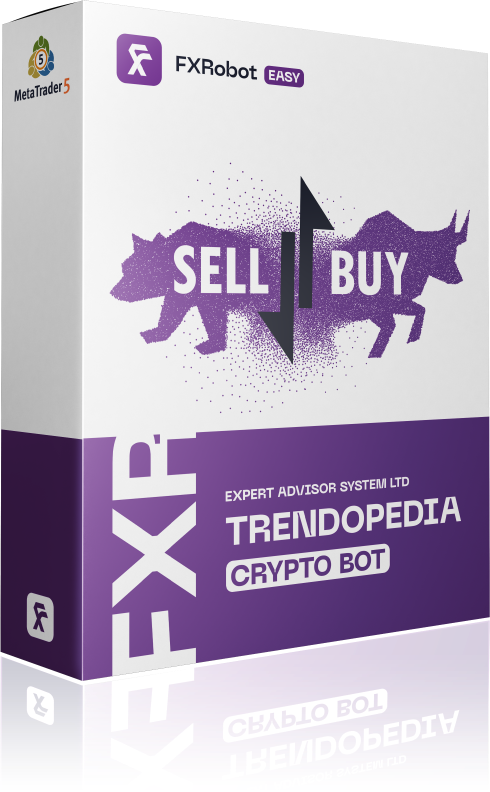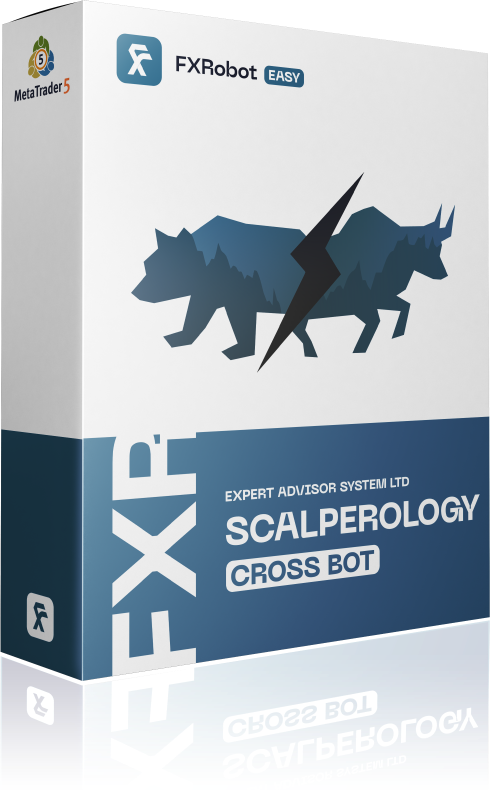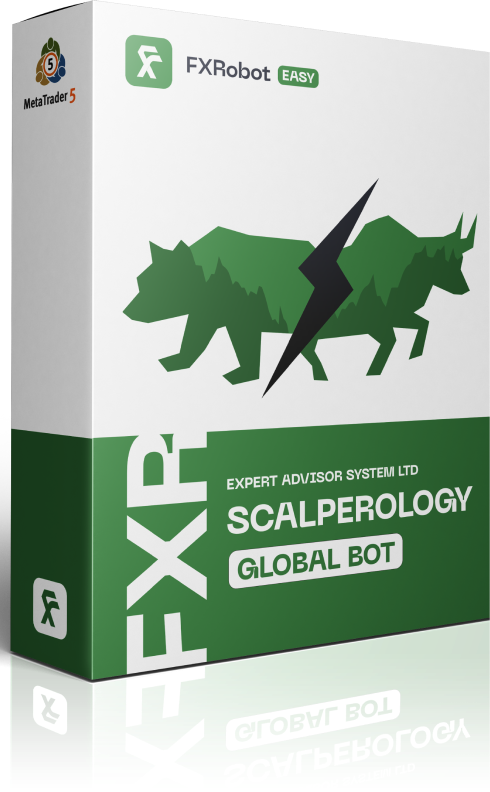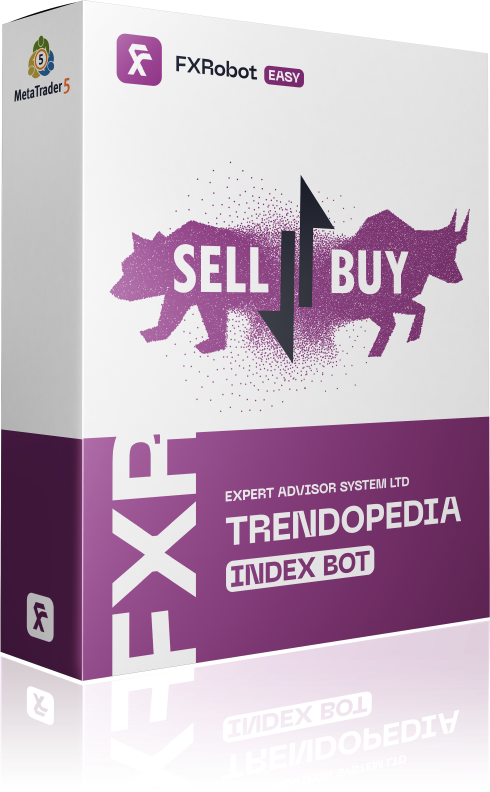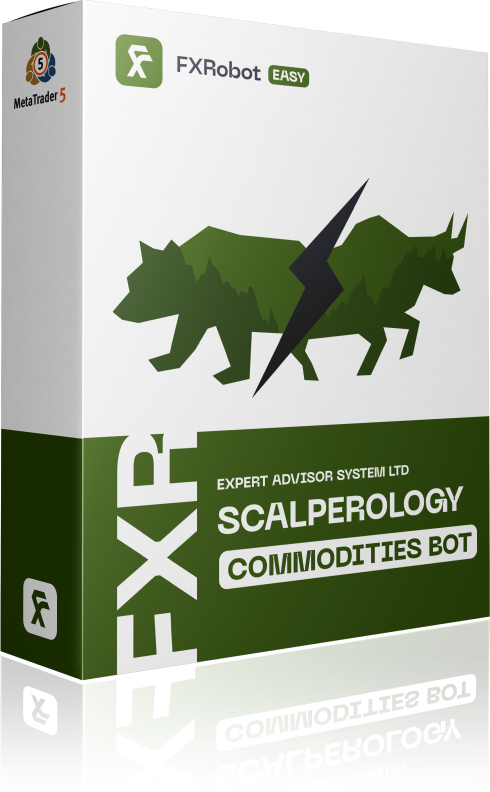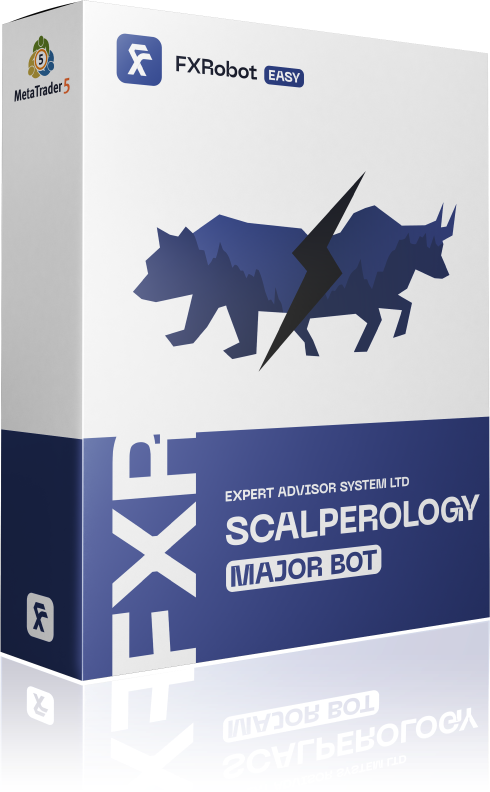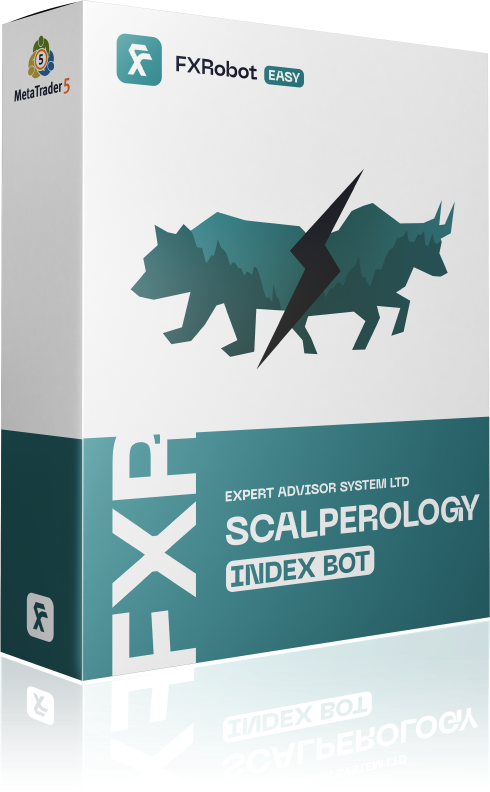In the intricate and swiftly evolving world of foreign exchange (Forex) trading, regulation stands as the cornerstone ensuring transparency, fairness, and security for both investors and market participants. With the global nature of Forex markets, understanding the regulatory environment across different regions is indispensable for stakeholders navigating this complex landscape. This article embarks on a comparative analysis of Forex regulations in pivotal regions, spotlighting the Markets in Financial Instruments Directive II (MiFID II) within the European Union and the Dodd-Frank Wall Street Reform and Consumer Protection Act in the United States. Through examining these specific regional regulations, our discourse aims to provide a comprehensive insight into how different jurisdictions are shaping the future of Forex trading, promoting a level playing field, and safeguarding market integrity. Join us, as we delve into the nuances of Forex regulation across these key regions, offering valuable perspectives for both seasoned traders and industry newcomers.
1. Navigating the Complex Landscape of Global Forex Regulation: Insights into Regional Differences
The globalization of the financial markets has necessitated a strong regulatory framework to ensure fair and transparent trading practices. In the realm of forex trading, differing regions have implemented their own set of regulations to protect investors and maintain market integrity. Specifically, the European Union (EU) and the United States (US) have set significant benchmarks through the introduction of the Markets in Financial Instruments Directive II (MiFID II) and the Dodd-Frank Act, respectively. These legislative measures are critical in shaping the trading strategies and compliance obligations of forex traders operating within these jurisdictions.
- MiFID II: Adopted by the EU in January 2018, MiFID II is designed to increase transparency across the financial markets and improve protections for investors. This directive impacts the forex market by enforcing stricter reporting requirements, ensuring fairer pricing, and enhancing the quality of execution. For instance, forex traders in the EU are now obligated to disclose more detailed information regarding their trades and transaction costs to clients. Additionally, MiFID II demands that brokers operate with a higher level of transparency, particularly in the execution of orders, directly benefiting the traders by potentially providing better trading conditions.
- Dodd-Frank Act: Enacted in July 2010 in response to the 2008 financial crisis, the Dodd-Frank Wall Street Reform and Consumer Protection Act aims to reduce risks in the US financial system through comprehensive regulation. For forex traders, one of the critical aspects of the Dodd-Frank Act is the imposition of strict capital requirements and leverage limits. This regulation ensures that brokers are sufficiently capitalized to reduce counterparty risk. Furthermore, it mandates the registration and comprehensive regulation of swap dealers and major swap participants, which affects forex swap trading. Such measures promote a more stable and reliable trading environment for forex traders.
In practice, these regulations have transformed the landscape of forex trading by introducing new levels of transparency and accountability. Forex traders, especially those operating across these regions, need to navigate through these regulatory frameworks carefully to ensure compliance while optimizing their trading strategies. For example, a trader under the jurisdiction of MiFID II may need to adjust their approach to account for the transparency and reporting requirements, whereas a trader in the US would need to be mindful of leverage constraints under the Dodd-Frank Act. These regulations encourage the adoption of best practices in risk management and trade execution, ultimately fostering a more secure and efficient trading environment for investors.
2. Demystifying MiFID II and Dodd-Frank: Compliance Strategies for Forex Traders Across the EU and USA
The realm of Forex trading is intricately bound by regulations that differ vastly from one region to another, ensuring that both traders and brokers operate within a framework that fosters transparency, fairness, and investor protection. In the European Union, one of the cornerstone regulations is the Markets in Financial Instruments Directive II (MiFID II). Implemented in January 2018, MiFID II is aimed at offering greater transparency for investors and standardizing the regulatory disclosures required for firms operating within the financial market. This directive has significantly influenced Forex trading by:
- Enhancing transparency: MiFID II demands detailed reporting from Forex brokers on trade execution and pricing, ensuring that traders have access to comprehensive information that aids in decision-making.
- Strengthening investor protection: The directive introduces stricter rules on product governance and client communication, mandating that brokers assess the suitability and appropriateness of financial instruments for their clients.
- Regulating algorithms: MiFID II imposes strict rules on algorithmic trading, requiring traders and brokers to disclose detailed algorithms used in trading operations. This is particularly relevant for Forex traders utilizing automated trading systems or Forex robots.
Across the Atlantic, in the United States, the Dodd-Frank Act plays a pivotal role in shaping the landscape of Forex trading. Enacted in response to the 2008 financial crisis, this comprehensive set of financial regulations includes several provisions directly impacting the Forex market. Notable aspects of the Dodd-Frank Act affecting Forex traders and brokers include:
- Over-the-counter (OTC) derivatives reform: The Dodd-Frank Act mandates all OTC Forex derivatives to be cleared through licensed clearinghouses, aiming to increase market transparency and reduce systemic risk.
- Leverage limitations: The Act has imposed stricter leverage limits for Forex traders, significantly lowering the maximum leverage offered by US Forex brokers compared to their international counterparts, affecting trading strategies.
- Registration and compliance: Forex brokers in the US are required to register with the Commodity Futures Trading Commission (CFTC) and adhere to regulations enforced by the National Futures Association (NFA), ensuring a higher standard of accountability and financial integrity.
Both MiFID II in the European Union and the Dodd-Frank Act in the United States represent rigorous efforts to safeguard market integrity and protect Forex traders through comprehensive regulation. While these regulations impose certain restrictions, they also ensure a more stable, transparent, and fair trading environment. Traders navigating the Forex market must be well-versed in these regulations to optimize their trading strategies and comply with regional legal requirements, enhancing their trading success and safeguarding their investments.
3. Harmonizing Your Forex Trading Practices: Effective Solutions for Adhering to Regional Regulatory Standards
In the realm of Forex trading, regulatory frameworks play a pivotal role in shaping the landscape for traders, investors, and brokers alike. Understanding these regulations is crucial for anyone involved in the Forex market, as they aim to protect investors, maintain market integrity, and ensure fair trading practices are adhered to. Among the myriad of regulations globally, two standout pieces of legislation are the MiFID II in the European Union and the Dodd-Frank Act in the United States.
**MiFID II**, or the Markets in Financial Instruments Directive II, is an EU legislation implemented in January 2018 to enhance the transparency across the European Union’s financial markets and to standardize the regulatory disclosures required for particular markets. For Forex traders operating within the EU, this means several things. Firstly, brokers are required to offer more transparency regarding their pricing, execution of trades, and the handling of client funds. Additionally, MiFID II imposes stricter requirements on the reporting of transactions and mandates a higher level of client fund protection. An illustrative example from practice is the limitation on leverage, which under MiFID II, can be as low as 30:1 for major currency pairs, significantly lowering the risk exposure for retail traders but also limiting potential gains.
- Enhanced transparency in pricing and execution
- Stricter requirements for reporting transactions
- Limited leverage on major currency pairs to reduce risk exposure
**The Dodd-Frank Wall Street Reform and Consumer Protection Act**, commonly known as the Dodd-Frank Act, was enacted in July 2010 in the United States in response to the 2008 financial crisis. Its implications for Forex traders are profound, shaping the operational landscape of brokers and impacting the strategic decisions of traders. The Dodd-Frank Act primarily aims to reduce risk inherent in the financial system by increasing transparency and accountability. For Forex trading, this has translated into a requirement for all forex brokers to be registered and regulated by the Commodity Futures Trading Commission (CFTC) and to abide by the stringent policies set forth by the National Futures Association (NFA). A direct outcome for traders is the prohibition of hedging, where traders cannot hold simultaneous buy and sell positions in the same currency pair. Moreover, there’s also a cap on available leverage, set at 50:1 for major currency pairs, aiming to protect retail traders from the volatile nature of the forex market.
- Registration and regulation of brokers by the CFTC and adherence to NFA policies
- Prohibition of hedging strategies
- Cap on leverage at 50:1 for major currency pairs
Both MiFID II and the Dodd-Frank Act illustrate the deliberate move towards greater regulatory oversight and protection in the Forex market. While they introduce certain limitations for traders and brokers, these regulations also foster a safer and more transparent trading environment, contributing positively to the overall stability of the financial markets. Traders navigating these regions must remain informed and compliant with these regulations to harness successful and sustainable trading strategies within the legal framework.
Q&A
### Q: What is the primary regulatory framework governing Forex trading in the European Union?
A: The primary regulatory framework for Forex trading in the European Union is the Markets in Financial Instruments Directive II (MiFID II), along with the Markets in Financial Instruments Regulation (MiFIR). These legislations collectively aim to increase transparency, enhance investor protection, and foster competition within the financial markets.
### Q: How has MiFID II improved the Forex trading landscape in the European Union?
A: MiFID II has introduced several improvements in the EU Forex trading landscape, such as strict reporting requirements for transactions, greater transparency in pricing, and product governance obligations. This ensures that investors receive more information about the costs and charges associated with Forex trading, and it also mandates that firms act in the best interest of their clients, offering products suitable for them.
### Q: What regulation in the United States is analogous to MiFID II for Forex trading?
A: In the United States, the Dodd-Frank Wall Street Reform and Consumer Protection Act is the primary legislation affecting Forex trading. Though not directly analogous to MiFID II, the Dodd-Frank Act similarly aims to promote financial stability, improve accountability, and protect consumers by ending the notion of “too big to fail” and preventing future financial crises.
### Q: Can US-based Forex traders engage in the same level of leverage as those in the EU?
A: No, the leverage available to retail Forex traders is different in the US compared to the EU. The Commodity Futures Trading Commission (CFTC) in the US imposes a maximum leverage of 50:1 on major currency pairs and 20:1 for minor pairs, which are conservative compared to some European jurisdictions where leverage can reach significantly higher levels.
### Q: What regulatory bodies oversee the Forex market in the United States?
A: The regulatory bodies responsible for overseeing the Forex market in the United States include the CFTC, the National Futures Association (NFA), and the Financial Industry Regulatory Authority (FINRA). Each of these organizations plays a distinct role in regulating different aspects of Forex trading, ensuring the integrity of the financial markets and the protection of traders.
### Q: Are there any significant differences in how MiFID II and the Dodd-Frank Act approach Forex trading regulation?
A: While both MiFID II and the Dodd-Frank Act share common goals of transparency and investor protection, they differ in their approaches and scope. MiFID II is more focused on harmonizing the regulatory framework across the EU member states and covers a broad range of instruments. In contrast, the Dodd-Frank Act includes specific measures aimed at reforming the financial industry and reducing systemic risk, with certain provisions that exclusively apply to the US.
### Q: What are the implications of Brexit on Forex regulation for UK-based traders?
A: Since the UK’s departure from the EU, it is no longer bound by MiFID II/MiFIR regulation. However, the UK has incorporated much of MiFID II into its domestic law, with some adjustments, to ensure that its regulatory regime remains similar to that of the EU for the foreseeable future. This is intended to maintain market stability and support the UK’s position as a major financial center.
### Q: How do regional regulations impact global Forex trading?
A: Regional regulations shape global Forex trading by defining the operational standards, levels of consumer protection, and risk management practices that must be followed by market participants. These regulations can affect global liquidity, pricing, and the availability of trading instruments. Consistent regulation across regions can facilitate smoother international trade, whereas discrepancies can create uneven playing fields and potentially expose traders to varying levels of risk.
In conclusion, Forex regulation plays an integral role in ensuring a secure, transparent and efficient currency trading environment globally. As demonstrated throughout this article, each region has its unique regulatory dynamics, propelled by the likes of MiFID II in the European Union and the Dodd-Frank Act in the United States. These regulations, although varied in approach, share the common goal of protecting investors, promoting fairness and increasing transparency. However, the dynamics of the Forex market necessitate a constant reevaluation of these regulations to effectively address the emerging challenges and trends. As we navigate through the complexities of global Forex regulation, the need for collaboration, harmonization and adaptation becomes increasingly apparent. The future of Forex relies heavily on a vigilant regulatory framework that evolves in response to market developments, ultimately ensuring a robust and reliable global financial ecosystem.

